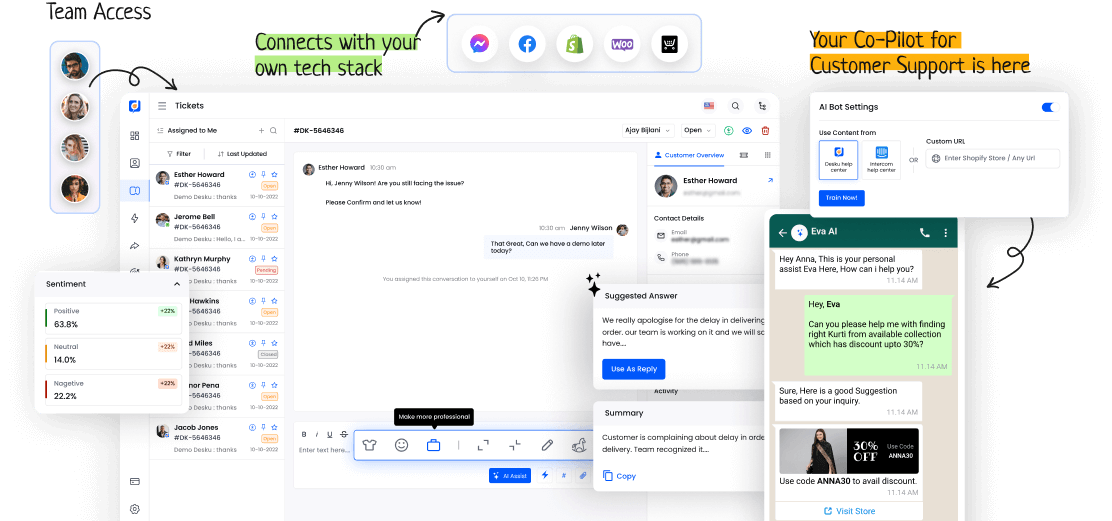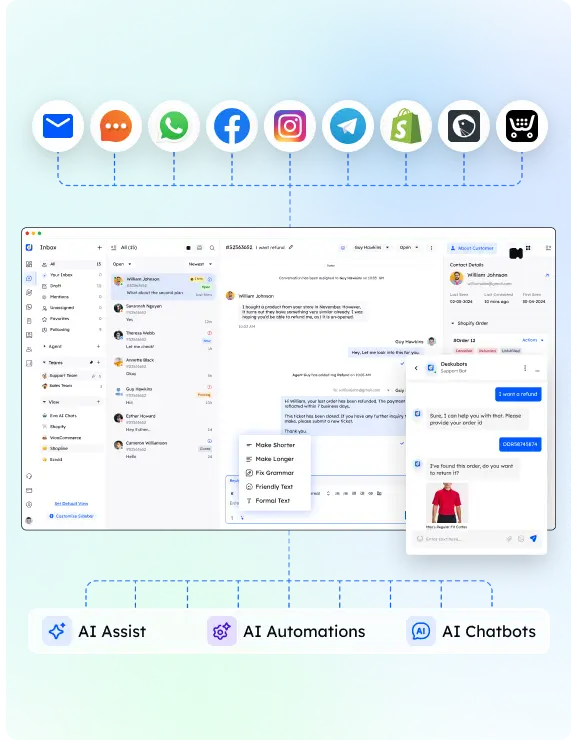Subdomains are key to organizing websites. They make content management structured. Knowing subdomains well improves user experience and boosts SEO.
But, making and maintaining subdomains can feel daunting. Still, mastering this web management part can give big gains. It can increase website visibility and content organization.
Learning about subdomains can open up chances for enhancing digital content and user interaction.
I. Understanding the Concept of Subdomain
What is a subdomain in the domain hierarchy?
A subdomain is a part of the main domain. It helps to arrange content under a distinct part of a website.
It uses a subdomain structure, making a clear line between different sections.
Using subdomains can give SEO advantages. It boosts the visibility and sorting of content, making the user experience better overall.
II. Importance and Usage of Subdomains
Subdomains are vital to boost website organization. They also enhance user experience with better content structure. The benefits of subdomains are many.
They offer more customization, easier content categorization, and simpler navigation. Website owners can use subdomains to shape information for varied audiences or services. This makes it more user-friendly and easy to access.
Such customization boosts the website's functionality and user satisfaction.
III. Creating and Managing Subdomains
For efficient subdomain creation and management, web admins should use their domain host's settings and tools.
- Customizing subdomains: Shape subdomains to fit site content or sections.
- Securing subdomains: Use security actions to shield subdomains from threats.
- Monitoring often: Track subdomain performance; make needed changes for top function.





